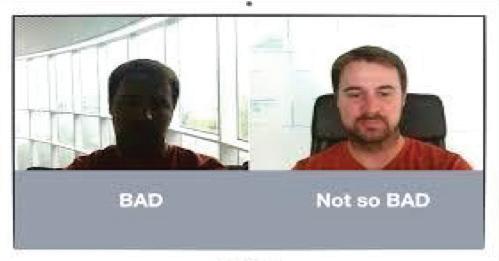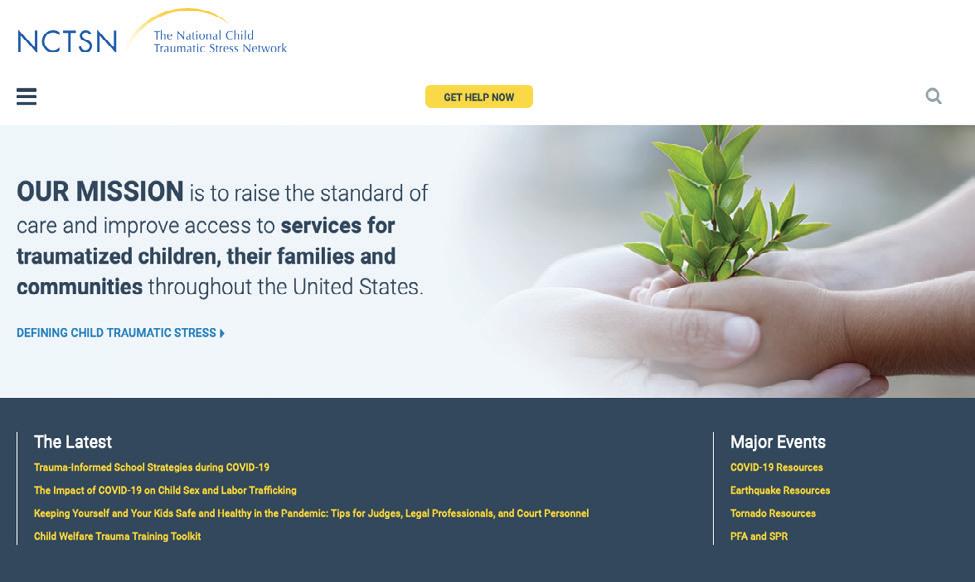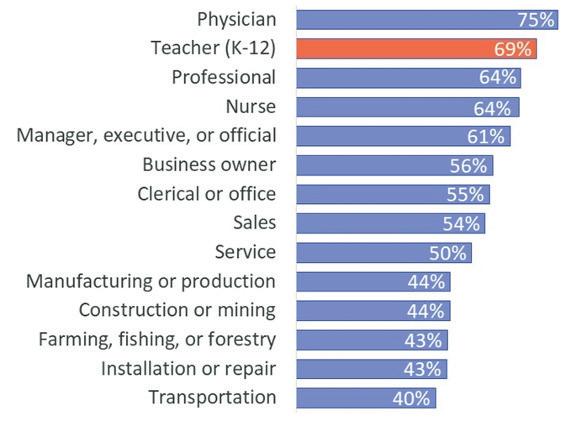The Demand for Educators
Opportunities Abound for PK-12 Educators, Especially in Areas of Bilingual/Multicultural Education, Math, Science, Languages, Special Education, and Related Services AAEE 2021-2022 Supply & Demand Survey
cross the United States, the need for PK-12 educator A candidates continues to be significant. According to the 64 fields of certification/licensure studied in this year’s Educator Supply and Demand Survey, school districts identified 60 fields experiencing a shortage! Representatives from 163 colleges and universities and 373 school districts participated in the 2021-2022 Educator Supply and Demand Survey and identified the demand for educators in each certification field using a scale from 5 (Considerable Shortage of educators) to 1 (Considerable Surplus of educators). These results are reported according to 10 geographic regions of the country. Table One shows the results categorized by Considerable Shortage, Some Shortage, Balanced, Some Surplus, and Considerable Surplus. A national composite number for each certification field is listed in the right column under “Total.” The higher the number for your certification fields in the region(s) where you are seeking employment, the higher the demand for your certification/licensure field. Hence, the better your chances of finding a full-time position in education. The lower the number, the more challenging your job search is likely to be. Generally, employers hire new educators for five reasons: 1) increased student enrollment; 2) expanded programming for students; 3) transfer of existing educators; 4) staff retirements or resignations; or 5) a shortage of qualified educators among those currently teaching in specific certification fields. As reflected in red on Table One, the most significant needs at the national level include Bilingual/Multicultural Education, 8 languages, all 6 categories of Math & Science, Audiology, School Nursing, School Psychology, Speech Pathology, and all 10 categories of Special Education. According to our survey history, educators in most of these fields have been in significantly low supply relative to demand for many years.
The success of your job search, however, does not solely depend on the demand for your certification field in the demographic region of your choice. For example, if you are a Physics teacher seeking employment in the Middle Atlantic Region (AAEE’s Region 8), which has a Considerable Shortage of Physics educators at 4.79 on a 5-point scale, you still need to conduct an effective job search using the articles in this Handbook to assist you. And if you limit your search to just a few employers in this region, those specific employers may not have Physics openings for the coming school year. Likewise, if you are licensed to teach Physical Education, a field that traditionally has a larger supply of candidates relevant to demand, it doesn’t mean you won’t find a job. However, you should expect to have fewer opportunities for employment than a Physics candidate. To increase your chances of employment, regardless of your certification field, AAEE and its members recommend you consider three strategies: 1) expand the geographic range of your search (using Table One to identify areas of the country where your certification is most in demand); 2) apply to a variety of employer types (public and private) within a variety of city types (urban, suburban, and rural) and 3) earn credentials in additional certification fields (again, using the table to identify in-demand certification fields for which you have a passion and competence to teach). While hiring in education is a local issue, the 2022 National Composite score of 3.89 for all certification fields is the highest in the 40-year history of AAEE’s Educator Supply and Demand Survey. The strong demand for educators in most certification fields will continue to present hiring challenges for employers while also providing great opportunities for PK-12 educators, especially those of you willing to consider relocation. Best wishes to you all!
Respondents by region include: Code 1 2 3 4 5
Region Northwest West Rocky Mountain Great Plains/Midwest South Central
States Idaho, Oregon, Washington Arizona, California, Nevada, Utah Colorado, Montana, New Mexico, Wyoming Iowa, Kansas, Minnesota, Missouri, Nebraska, North Dakota, South Dakota Arkansas, Louisiana, Oklahoma, Texas
6
Southeast
Alabama, Florida, Georgia, Kentucky, Mississippi, North Carolina, South Carolina, Tennessee, Virginia, West Virginia
7 8 9 10
Great Lakes Middle Atlantic Northeast Alaska
Illinois, Indiana, Michigan, Ohio, Wisconsin Delaware, District of Columbia, Maryland, New Jersey, New York, Pennsylvania Connecticut, Maine, Massachusetts, New Hampshire, Rhode Island, Vermont Alaska
2 American Association for Employment in Education































